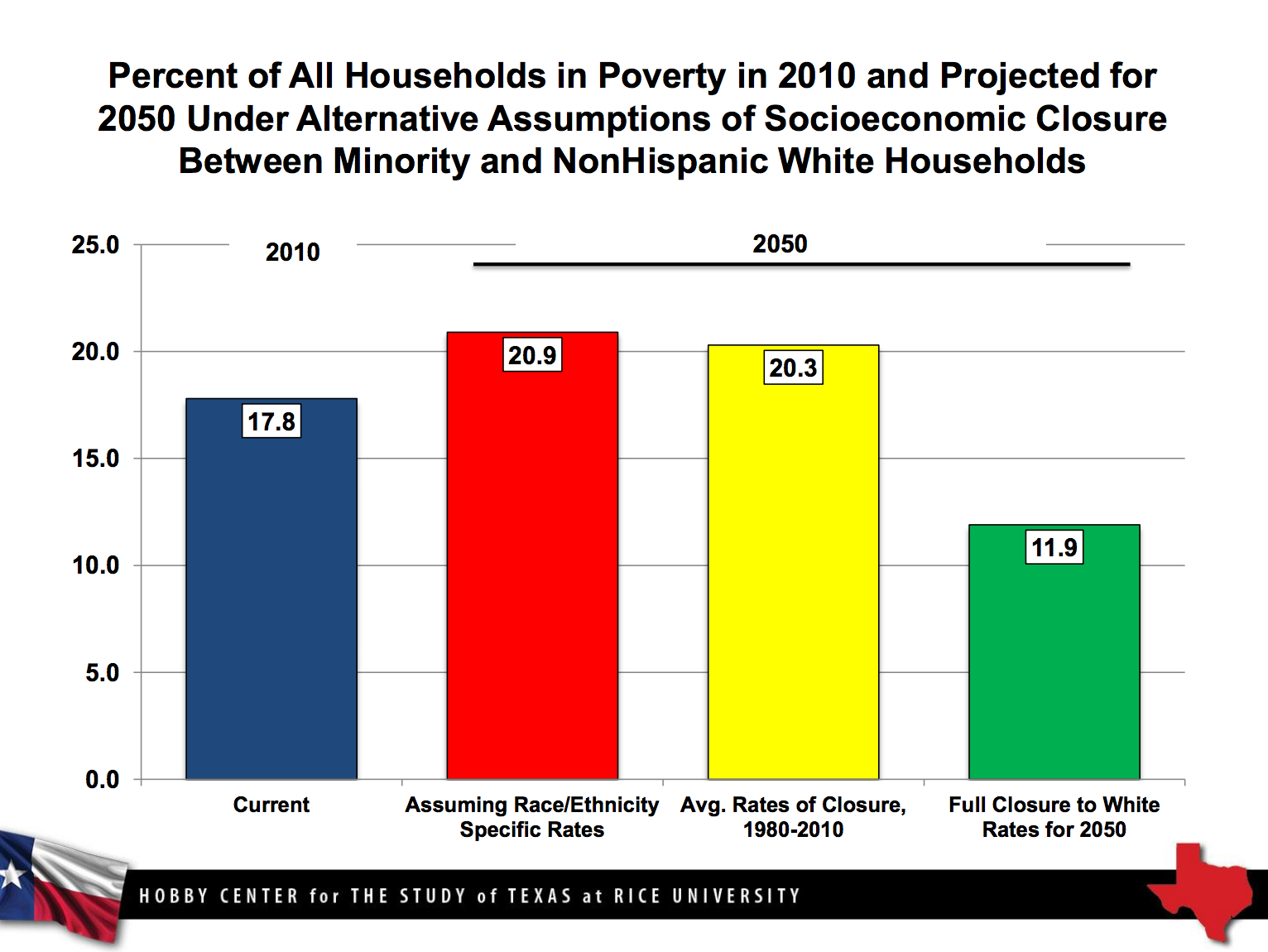
Texas Demographer Has Given the Same Speech for 25 Years. Is Anyone Listening?
'Unless we reverse the trends that we’re seeing now, we will be a poorer, less-educated state,' the former state demographer says.

A version of this story ran in the April 2017 issue.
For nearly three decades, demographer Steve Murdock has been delivering a message — a warning, really — to Texas legislators.

By 2050, Texas will be much younger and more diverse than the rest of the country. More than half of the state’s residents will be Hispanic; one-third or fewer will be white. If elected officials want to ensure that the Lone Star economy is sound and that society is functional, they must invest in the rapidly growing Hispanic population and close gaps in educational achievement between Latino students and their white peers.
In late February, Murdock, the state demographer under Governor George W. Bush, gave his presentation for the umpteenth time. He joked to the audience of about 100 at the House County Affairs Committee that he’s worried he sounds like a broken record. Failing to do so, Murdock predicts, will result in a highly unequal society, an undereducated workforce and tremendous strain on social services and the criminal justice system. His message boils down to this: Demographics isn’t just destiny; it’s also decisions.
After he finished speaking, a woman in the audience said she’d been watching his presentation since 1997. She asked Murdock whether the Legislature has made any progress since then.
Murdock chose his words carefully. “Overall, our progress has been — moderate, is the way I would put it,” he said.
Demographics isn’t just destiny; it’s also decisions.
In 1990, 45 percent of Hispanic Texans had high school diplomas and 7 percent had college degrees, according to the U.S. Census Bureau, which Murdock directed from 2007 to 2009. About 82 percent of whites had high school diplomas in 1990. Roughly a quarter had college degrees. By 2015, the percentage of Hispanic Texans graduating from high school had risen to about 62 percent, and nearly 13 percent had graduated from college.
That’s progress, all right, but it doesn’t have Murdock jumping for joy. Though the achievement gap has narrowed slightly, it still persists. In 2015, more than 93 percent of whites had high school diplomas and 36 percent had graduated from college.
Texas Commissioner of Higher Education Raymund Paredes has seen Murdock’s speech several times over the years. The way Paredes sees it, the state is applying “arithmetical solutions to geometric problems.”
“The challenges are growing at a much faster rate than we’re applying solutions,” Paredes told the Observer. “Unless we accelerate the rate of improvement, we’re going to fall further behind even as we get better.”

In 2010, nearly 18 percent of Texas households were in poverty, according to the Census Bureau. Murdock predicts that number will climb to more than 20 percent by 2050, assuming that the state continues to close the achievement gaps at the same rate it is today. If, however, Texas is able to bring parity to Hispanic and white Texans, the percentage of households in poverty will fall to about 12 percent.
“Unless we reverse the trends that we’re seeing now, we will be a poorer, less-educated state,” Murdock said. “That’s not a political or philosophical statement, that’s just grinding out the numbers. And it certainly is sobering.”
This article appears in the April 2017 issue of the Texas Observer. Read more from the issue or become a member now to see our reporting before it’s published online.



